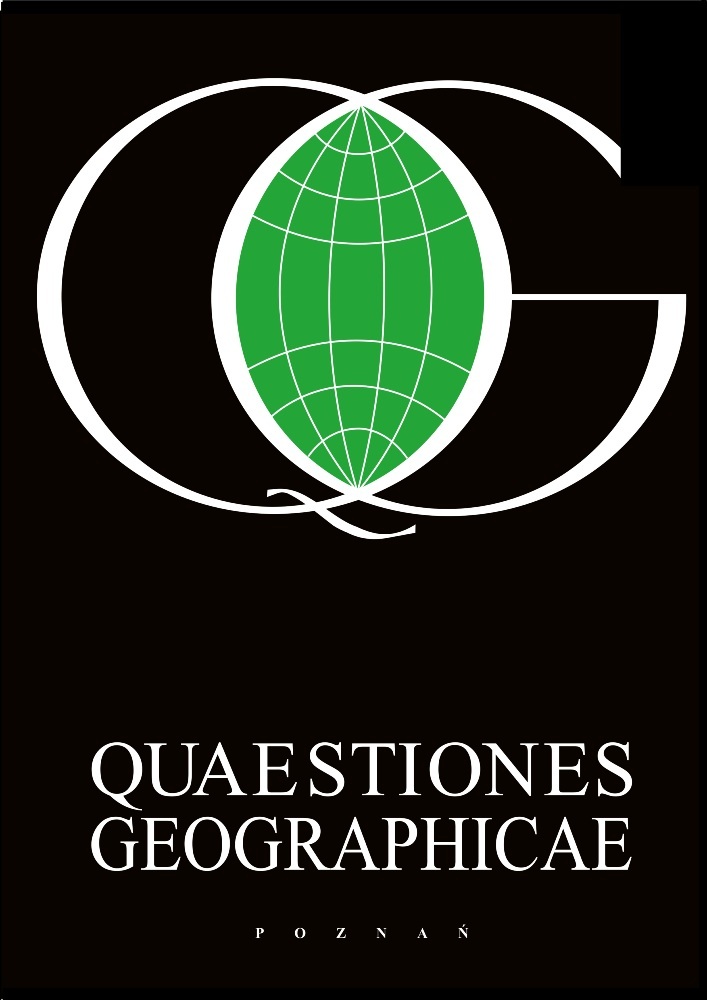Abstract
Borders are fundamental structuring elements of space. This paper uses concepts derived from the study of political boundaries to make sense of urban structures and developments. It does this in the case of Guangzhou, a mega-city in Southern China, but the suggestion is that this approach is significant beyond the Chinese case. The author introduces five different ways to see borders (political, physical, socio-spatial, psychological and functional), and holds that border analysis should combine those five aspects. In the case of Guangzhou, spatially differentiated urban governance is seen as creating strong physical, social and other boundaries. This finding is illustrated by various pieces of evidence from the author's fieldwork, including survey data and qualitative interviews.
References
Bjorklund E. M., 1986. The Danwei: Socio-spatial characteristics of work units in China's urban society. Economic Geography, 62: 19-29.
Breitung W., 2002. Transformation of a boundary regime: The Hong Kong and Mainland China case. Environment and Planning, A 34: 1749-1762.
Breitung W., 2007. Overcoming borders, living with borders. Macao and the integration with China. Instituto Cultural do Governo da R. A. E. de Macau, Macau.
Breitung W., 2009a. Macau residents as border people. A changing border regime from a socio-cultural perspective. Journal of Current Chinese Affairs, 38(1): 101-127.
Breitung W., 2009b. Cities and borders - an introduction. Review of Culture, 30: 6-17 (bilingual English and Portuguese).
Breitung W., 2012. Enclave urbanism in China - attitudes towards gated communities in Guangzhou. Urban Geography, 33 (in print).
Brunet-Jailly E., 2005. Theorizing borders - an interdisciplinary perspective. Geopolitics, 10: 633-649.
Gaubatz P., 1999. China's urban transformation: patterns and processes of morphological change in Beijing, Shanghai and Guangzhou. Urban Studies, 36: 1495-1521.
Graham S. & Marvin S., 2001. Splintering urbanism: Networked infrastructures, technological mobilities and the urban condition. Routledge, New York.
Huang T.-Y., 2004. Walking between slums and skyscrapers. Illusions of open space in Hong Kong, Tokyo and Shanghai. Hong Kong University Press, Hong Kong.
Kögel E., 2004. Von der Nachbarschaft zur Gated Community? Planungsprinzipien der Stadt in der VR China (From neighbourhood to gated community? Urban planning principles in the PR China). Trialog, 81: 40-43.
Kolossov V., 2005. Border studies - changing perspectives and theoretical approaches. Geopolitics, 10: 606-632.
Lin G. C. S., 1999. State policy and spatial restructuring in post-reform China, 1978-95. International Journal of Urban and Regional Research, 23(4): 670-696.
Lynch K., 1992. The image of the city. 21th ed. MIT Press, Cambridge.
Miao P., 2003. Deserted streets in a jammed town - the gated community in Chinese cities and its solution. Journal of Urban Design, 8: 45-66.
Münch B., 2004. Verborgene Kontinuitäten des chinesischen Urbanismus (Hidden continuities of Chinese urbanism). Archplus, 168: 44-49.
Newman D., 2002. Boundaries. In: Agnew J. et al. (eds), A companion to political geography. Blackwell, Malden: 123-137.
Newman D., 2003. On borders and power: A theoretical framework. Journal of Borderlands Studies, 18(1): 13-25.
Papademetriou D. & Meyers D. W. (eds), 2001. Caught in the middle. Border communities in an era of globalisation. Carnegie Endowment for International Peace, Washington DC.
Sidaway J., 2007. Enclave space: a new metageography of development? Area, 39(3): 331-339.
van Houtum H. & van Naerssen T., 2002. Bordering, ordering and othering. Journal of Economic and Social Geography (TESG), 93(2): 125-136.
Wang Y. P., 1992. Private sector housing in urban China since 1949: The case of Xi'an. Housing Studies 7(2): 119-137.
Wilson T. & Donnan H. (eds), 1998. Border identities: Nation and state at international frontiers. Cambridge University Press, Cambridge.
Wu F., 2005. Rediscovering the "gate" under market transition: From work-unit compounds to commodity housing estates. Housing Studies, 20(2): 235-254.
Xu F., 2008. Gated communities and migrant enclaves: The conundrum for building "harmonious community/shequ". Journal of Contemporary China, 17: 703-720.
Zhu Y., Breitung W. & Li S.-M., 2012. The changing meaning of neighbourhood attachment in Chinese commodity housing estates: Evidence from Guangzhou. Urban Studies, 49 (in print).
License
This content is open access.
